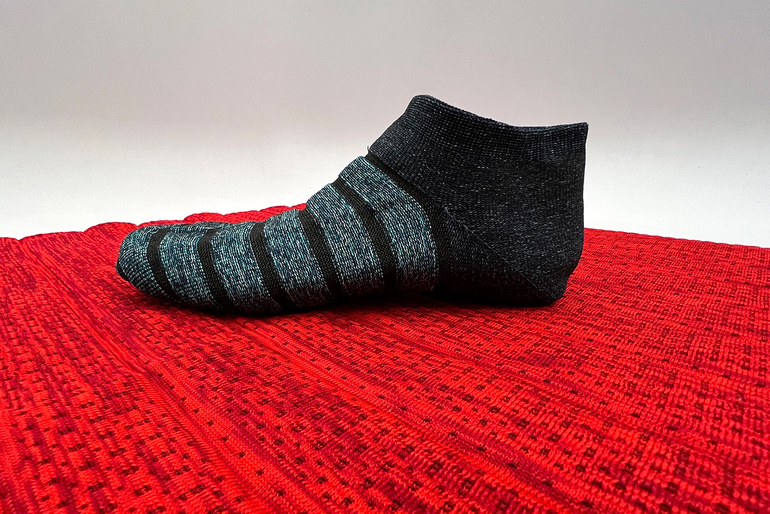Engineers at MIT have developed smart textiles that can detect and recognize body movements. The garments fit snugly, and contain a network of pressure sensors that can detect movement, and in conjunction with machine learning approaches, the technology can learn to recognize specific movements in wearers. The fabric contains conductive yarns and piezoresistive components that change their resistance when pressure is applied. To reduce the data noise that occurs when the fabrics jostle together during movement, the researchers used thermoforming fabrics that help to stick the knitted layers together. The garments could be useful in physical rehabilitation, such as in smart shoes that can monitor gait or socks that track the pressure on the feet to help reduce ulcers in patients with diabetes.
Smart clothes put a whole new spin on “wearable tech” and the potential for medical applications is enormous. This latest technology is no exception, and rather than just a few sensors that are hastily stuck onto a garment, this material contains specialized yarns that have been knitted into the garment using a process called digital knitting. The technique is essentially knitting performed by a machine, and it allows the researchers to rapidly develop prototypes and then scale up their designs for large-scale manufacturing if required.

“With digital knitting, you have this freedom to design your own patterns and also integrate sensors within the structure itself, so it becomes seamless and comfortable, and you can develop it based on the shape of your body,” said Irmandy Wicaksono, one of the creators of the new material.
The fabric consists of a mix of layers of regular and functional yarns. The conductive yarns sandwich a piezoresistive component that changes resistance in response to pressure and where these functional yarns cross each other can be considered a pressure sensor. One problem the researchers encountered during development was data noise generated by fibers rubbing against each other during movement.
To solve this, they adopted thermoplastic yarns as a component of the fabric. These yarns can be heated and then become stiffer when they cool. The researchers used them to stabilize the fabric to reduce noise in the data and also shape the garments.

“The thermoforming really solves the noise issue because it hardens the multilayer textile into one layer by essentially squeezing and melting the whole fabric together, which improves the accuracy” said Wicaksono. “That thermoforming also allows us to create 3D forms, like a sock or shoe, that actually fit the precise size and shape of the user.”
See a video about the garments:
The study will be presented at the C & C 22 Conference: Tapis Magique: Machine-knitted Electronic Textile Carpet for Interactive Choreomusical Performance and Immersive Environments
Via: WITH
